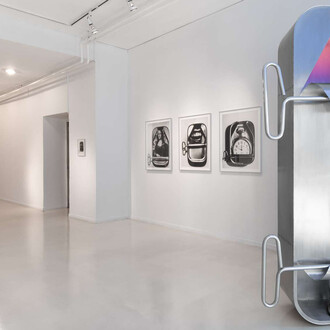The Drava Banovina was established in October 1929, some months after King Aleksandar I Karađorđević proclaimed a new constitution and became a dictator. The Banovina, part of the Kingdom of Yugoslavia, encompassed two thirds of the Slovenian national territory. Like local governments before and after the First World War, its authorities collected works of art for decoration in their offices. Artists and experts around the provincial leaders, especially around the Ban dr. Marko Natlačen (1886−1942), shaped the Banovina collection to be larger and more ambitious than its predecessors.
The exhibition presents 71 paintings, works on paper and sculptures. The first two chapters focus on the art of realists, art group Vesna and Slovenian Impressionists, especially socially conscious images by Hinko Smrekar (1883−1942) and emphatic landscapes by Rihard Jakopič (1869−1943) and Matija Jama (1872−1947).
Through the lyrical works by younger artists such as Stane Kregar (1905−1973), Ante Trstenjak (1894−1970) and France Gorše (1897−1986), the exhibition presents the development of the collection and its ties to the National Gallery and the Modern Gallery (Museum of Modern Arts, Ljubljana). Monumental canvasses of Fran Tratnik (1881−1957), Tone Kralj (1900−1975) and Rajko Slapernik (1896−1975) highlight the push to historize visually the Slovenian past.
Aiming to develop historical painting and sculpture in Slovenia, the Banovina organised four fine arts competitions between 1938 and 1940. The smaller three competitions are represented by sculptures by Tone Kralj and Peter Loboda (1894−1952). The exhibition is the first in decades to bring together the main drafts submitted for the competition to decorate the grand corridor of the Banovina palace, including works by Maksim Sedej (1909−1974), Albert Sirk (1887−1947) and Marij Pregelj (1913−1967). On view are also drafts and sketches by Gojmir Anton Kos (1896−1970), the winner of the competition, together with his final monumental scenes of important events from Slovenian history, which together span 20 metres in length.
The collection and its formation posed questions that remain topical to this day: what is the relationship between artists and the government? Who should be given priority: museum pieces or contemporary creators? And, in the end, what role, if any, should the fine arts take on during times of great changes and uncertainty?
















